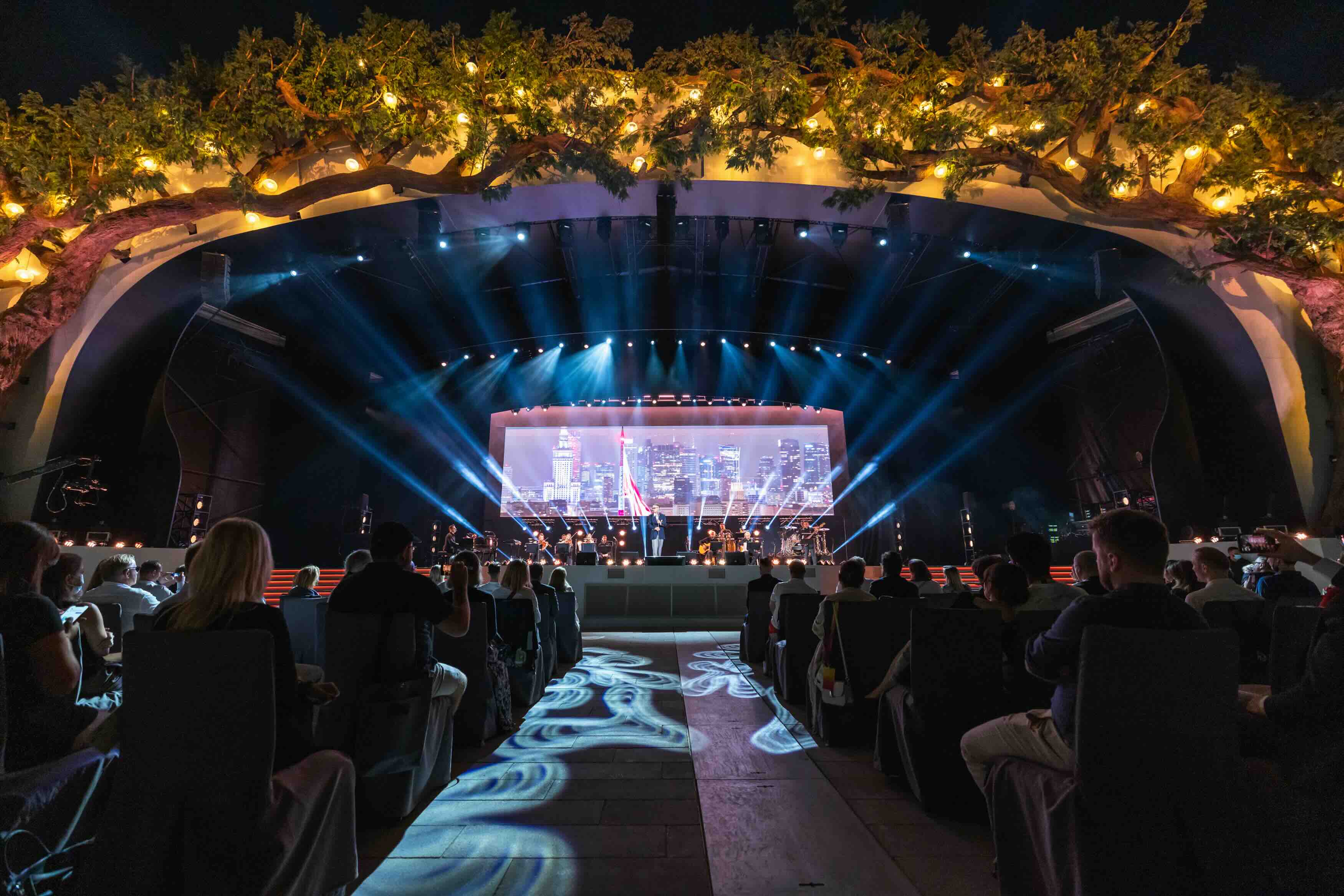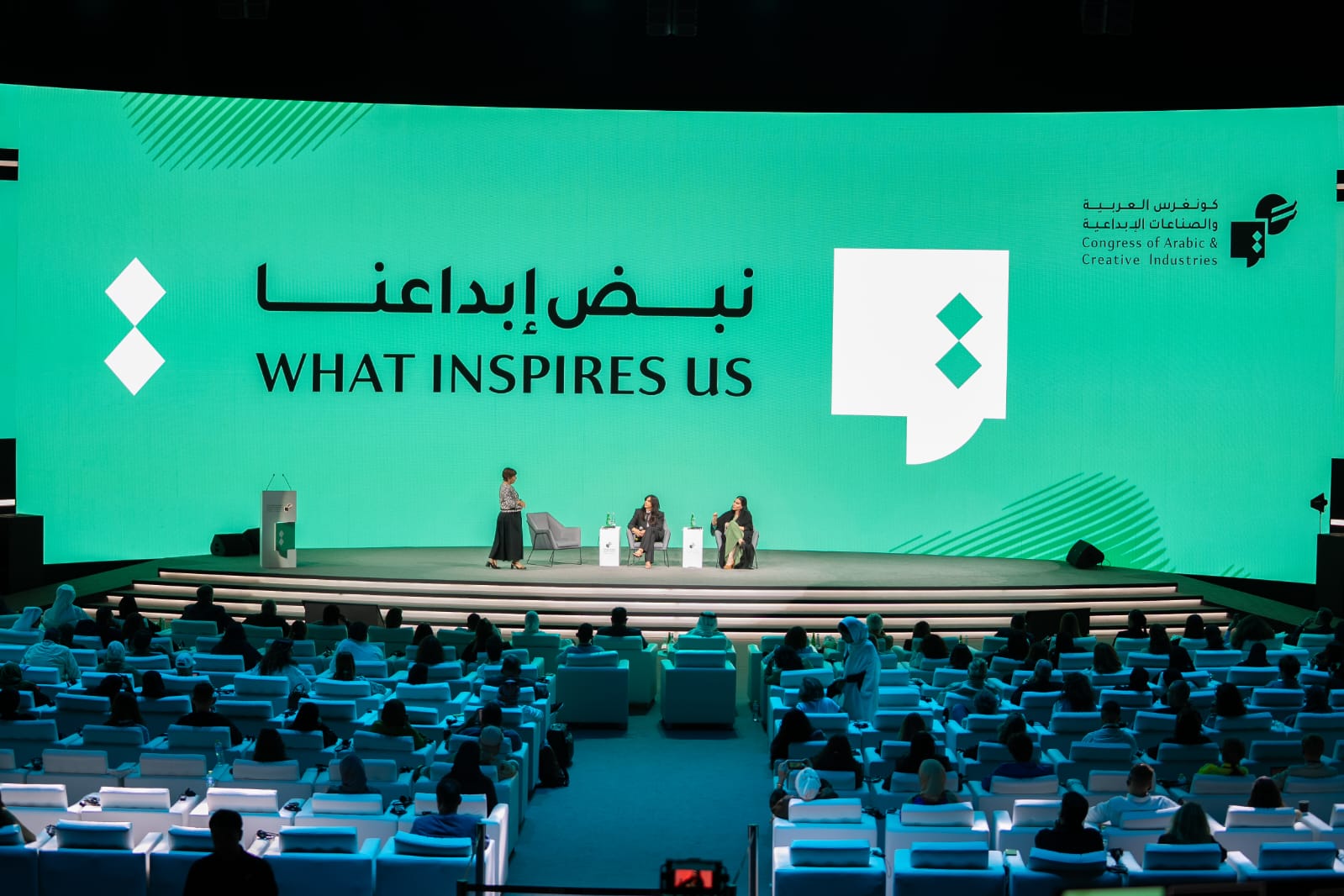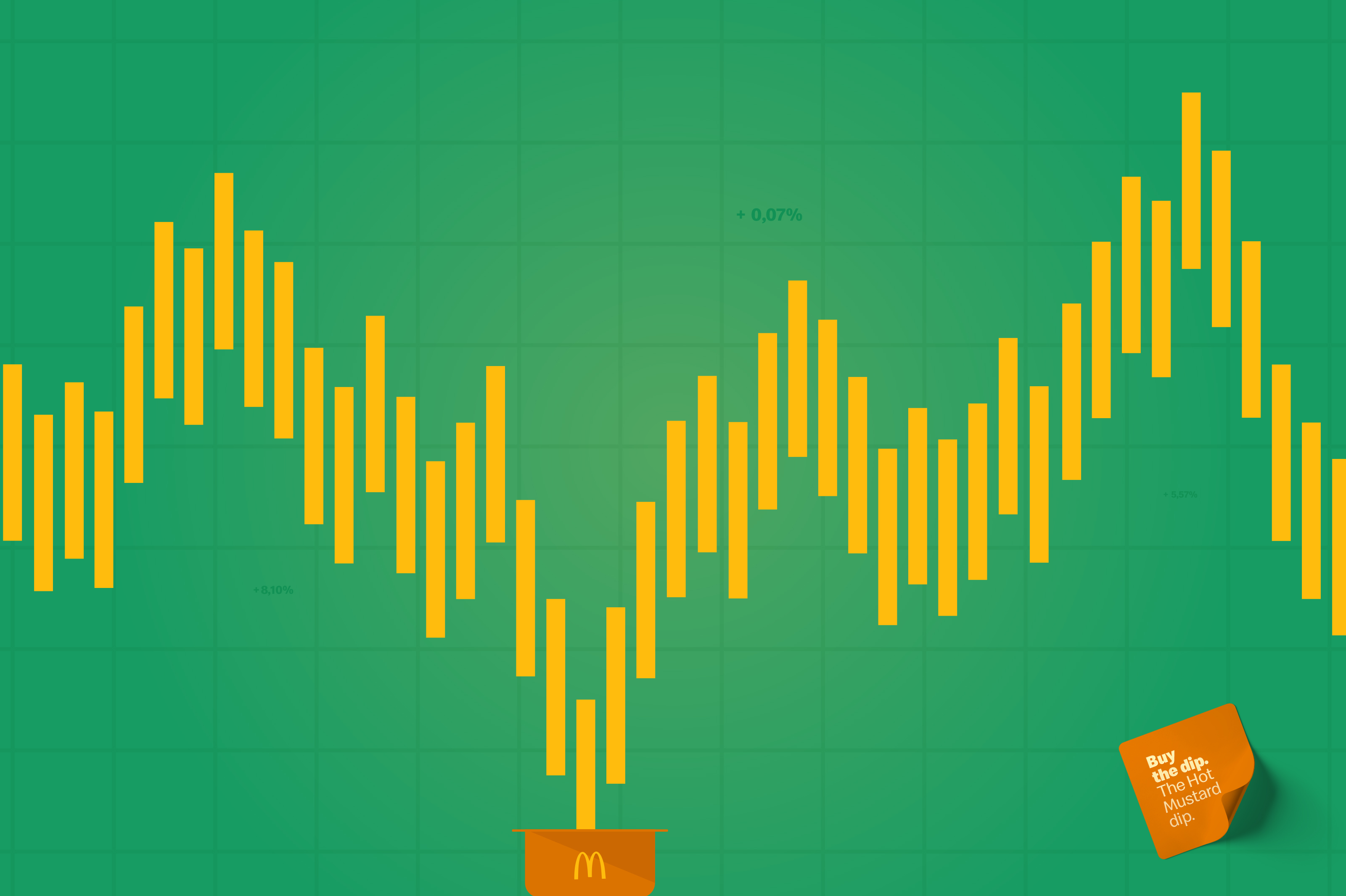News - Advertising
Great Balls of Fire: What Can Fast Moving Consumer Goods Companies and Agencies Learn from the Music Industry in the Post-Covid World?
by Peter Corijn
May 20, 2021
.jpg) Advertisement
AdvertisementI am two people: business executive and indie rock artist. I have had a chance to experience both the world of FMCG (“Fast Moving Consumer Goods”) and the music industry.
Certainly, Covid will have a lasting impact on FMCG companies. For starters, with the forced closure of shops, everybody has been made comfortable with buying on-line. Even laggards now shop digitally.
The music industry experienced it much earlier and has been in turmoil for decades. Napster appeared in 1999. Apple took advantage of that strategic inflection point with the launch of the iPod in October 2001. By now we have experienced another breakthrough with streaming sites (Spotify, Deezer, Apple Music). Most people do not even have a CD player anymore. The iPod is long gone. The iTunes app is now shut down as well. Vinyl is making a modest come-back.
I have recently indie released my “Chimera” album after a long break from music since the 1980’s. The learning curve has been steep. Here are some key lessons that can cross-fertilize:
- The Medium is the Message: your brand design may need to start with digital, not the store.
Take sleeve design: the brilliant cover of The Beatles’ “Sergeant Peppers” does not work as well in the digital environment. Simply because the design is too complex. On digital sites one only has a couple of square centimetres to make an impact. Compare that sleeve to the one from The Red Hot Chilli Peppers, designed for the digital world.
Indicated Action:
- Rather than designing for a supermarket shelf, start with digital. It’s essential to check if packaging works on line first.
- Simplicity in design is recommended.
- Storytelling becomes more important: constant engagement is the name of the game:
A week in the life of the indie artist: every two days, a high quality, new picture must be posted on Instagram and Facebook. It’s essential to get followers. However, one can only so often put a picture waving a guitar. That gets boring. What is required is storytelling, new angles to the “brand equity”.
The other impact is that it is no longer recommended to issue an album in one go. Since constant “news”, is needed, it is better to release three or four singles every 12 weeks and only then to issue the full album.
Indicated Actions:
- An engagement plan is needed with constant news. Plan the ad production accordingly.
- Develop stories on your brand. An agency must be storytellers first and foremost. Remember that digital consumers need to want to see your message.
- Appoint content managers.
- Spread the initiatives. Instead of a big bang only, “launch and leverage”. Make a plan that allows to show different shades of the innovation over an 18-month period.
- Does your packaging tell a story?
- Experiment: create a culture of trial and error.
In truth, nobody really knows how some of the digital platform algorithms work. How then do I know where to put my (limited) funds to push my music vids or to get unto playlists?
The way to handle it is to create lots of ads or options, test them cheaply and then roll-out what has impact. You can do the same on Instagram stories. There’s little risk anyway because a story only holds for 24 hours.
Indicated Action:
- Develop a test and learn plan for every initiative. Make “spend a little, test a little, learn a lot” part of the culture.
- Be everywhere, all the time. As a consequence, use more open-source production to reduce production costs.
Agencies might very well dislike this finding. Let’s start with a question: my album will hit 150,000 plays. That is a major success for an indie artist. How much money does that generate? 100$ (yes one hundred).
Yet, to get to this number of plays requires a lot of media investment and effort.
On top, there is more and more media fragmentation. But if one needs constant engagement everywhere, how to make sense of the cost and effort? All the more so because now first different ad options need to be tested (and developed).
Inevitably, one must reduce production costs in favour of media investment. All sorts of support options are available. Fiverr is open source and people will develop a lyric video for 50 Euros. Why use an expensive photographer when there is Shutterstock? Make pictures or videos with a smart phone. Open-source development is available for just about anything; 99designs.com for instance. At least, check these options first.
Better still: have consumers develop content. One of my relationships gifts is a Paul Numi t-shirt. There is one condition: post a picture of it wearing the T on social media.
Indicated Actions:
- Experiment with cheaper production options.
- Use more open-source development.
- Can consumers create content? How? Remember: participation is a strong loyalty driver.
- Start to accept the 80 for 20 in production values (admittedly, this does not work for some industries like luxury brands).
- Stand out: simple, consistent, different and to the point.
Nothing new, but it is more important than ever. Spotify gets 40,000 new song releases… every day (that is equivalent to what was released in the UK in 1984 in … one year). TikTok has a lot of videos limited to 15 seconds. Attention spans get shorter and shorter.
Indicated Actions:
- Be crystal clear on what the brand stands for, who the target audience is.
- Stick with something (if it works…).
- Can you develop executional equities that are a short-cut to your brand? What is your equivalent of the Nike swoosh? The Marlboro red and white chevron? The shape of the Coke bottle?
- Authenticity matters more than ever.
As an artist, I do not hide the fact that I’m bald and a “not so young youngster”. My image, music and lyrics reflect that. Anything else would be ludicrous and utterly unbelievable.
In a crisis, and its aftermath, authenticity carries a lot of value for brands too. Why? Because trust comes at a premium.
Indicated Action:
- What can you do to drive authenticity? Stay authentic, avoid pretence.
There are lots more Covid learnings of course and they differ per industry. 51% of Fortune Top 500 CEO’s believe that Business Travel will never go back to where it was. Horeca and Leisure Travel will experience a boom when the restrictions are lifted. Consumers will splurge with a “Carpe Diem” mindset. Positive messages will work better after all the doom and gloom. Working from home will be more accepted.
And yet, some things will never change: the need for a well-defined positioning and in-depth consumer understanding to name but two.
In the meantime, stay safe and keep on rocking.
Peter Corijn is currently CEO of Vucastar, a consultancy focused on "Ensuring Mission Success. Before, Peter was global CMO at Imperial Brands and Vice-President at P&G. He was senior advisor at McKinsey.
Paul Numi is an indie rock artist, inspired by the sounds of the 80’s. At the start of that decade, he was very active in music supporting the like of U2 and Echo & the Bunnymen. Then, life took another turn. In 2020, he released his comeback “Chimera” album, which has already hit more than 125,000 streams and views.



.jpg)





.jpg)




